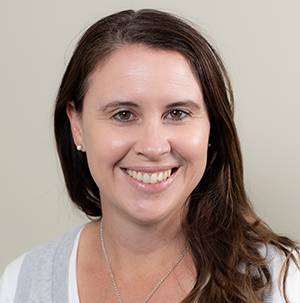News
ADHD Awareness Month by Dr Helen Maclean
October 7, 2022
October is ADHD awareness month. ADHD (Attention Deficit Hyperactivity Disorder) is a neurodevelopmental disorder which affects approximately 6-10% of children worldwide.
ADHD is a disorder of self-control and executive function. It is caused by a deficiency in the frontal lobe of brain chemicals called neurotransmitters (dopamine and noradrenaline) which allow the brains cells to talk to each other. The frontal lobe is responsible for executive function (how we plan, organise, and regulate ourselves).
The cause is primarily genetic which means if someone in the family is diagnosed there is a 30% chance that a sibling may have ADHD. But there are also other factors at play.
ADHD presents with a wide spectrum of symptoms which vary from person to person, and from time to time in the same person, making diagnosis a complicated process.
The stereotypical picture of a disruptive boy in a classroom is far from how ADHD presents in many people. There is a delay in diagnosis in girls and women compared to boys as female ADHD presents differently. People may be misdiagnosed as having anxiety, depression, or substance abuse disorders as they get older. It is important to note that ADHD can underlie these other issues but can also coexist with them.
ADHD also is often found in children on the autism spectrum or with other learning difficulties. Increasingly we are diagnosing ADHD in adults. Often, after having a child diagnosed, the parent recognises the same symptoms in themselves.
People with ADHD have problems with attention. They may appear to not listen, fail to finish tasks, lose things, are easily distracted. They may require more redirection and often can’t recall instructions. They can also have issues with inhibition, interrupting others and/or speaking over others. They can have trouble taking turns, be more impulsive and more accident prone.
People with ADHD often require more immediate gratification and can become easily bored. They can be hyperactive, restless, and fidgety. They can also have a range of strengths, especially when it comes to being creative. They’re often great at art and music!
Treatment in children and adults primarily involves stimulant medications, which, when used properly, are extremely safe and effective. Approximately 80% of children respond positively to medication. Depending on their individual symptoms, they may require psychology, occupational therapy, speech therapy and/or other interventions. Diet and exercise are also important in managing ADHD. A collaborative approach between schools, families and health care professionals is crucial.
Unfortunately, diagnosis can be a prolonged and expensive process. Children generally require psychometric testing by a psychologist followed by review with a paediatrician or psychiatrist. Adults require review by a psychiatrist. There are significant wait times and limited funding which puts diagnosis out of reach for many people.
Just this week the first Australian clinical practice guidelines for ADHD were released which will help to increase awareness and understanding. We hope it also leads to more straightforward diagnosis and treatment pathways for our patients, and GPs becoming more actively involved in the process.
If you think you, or someone in your family, may have ADHD, please reach out to us.

